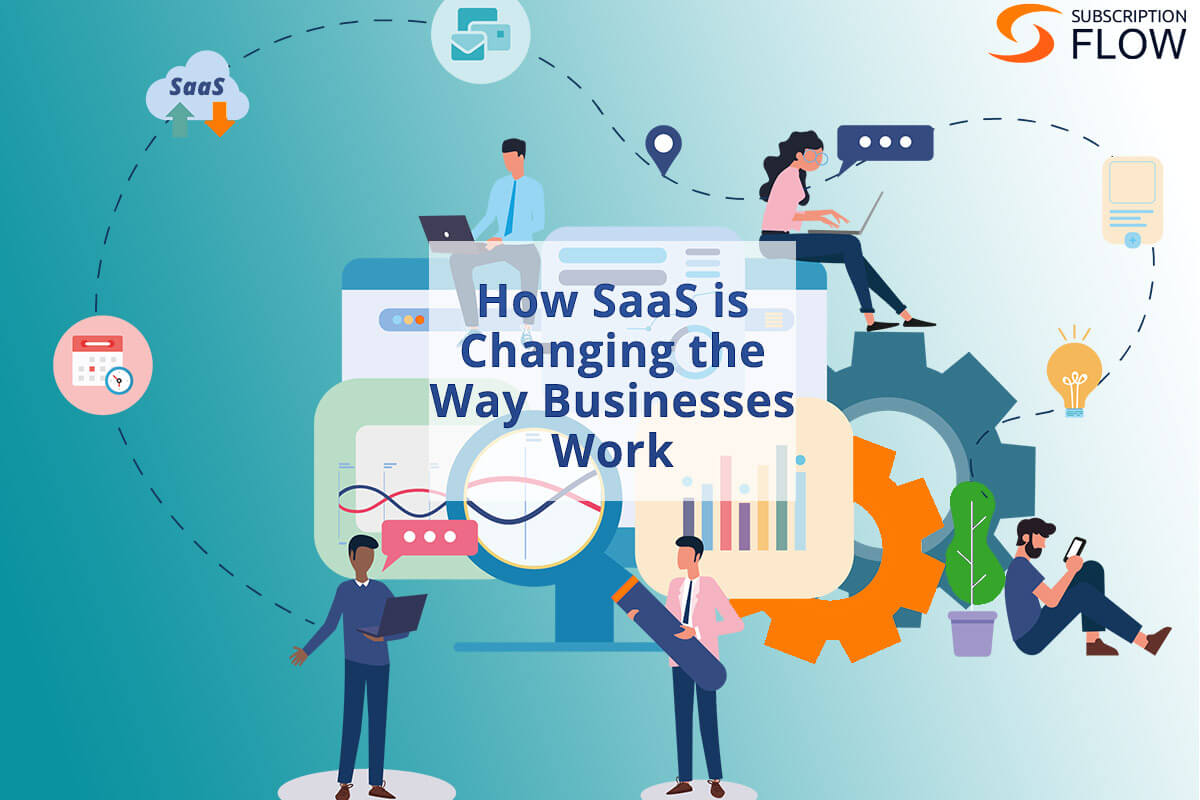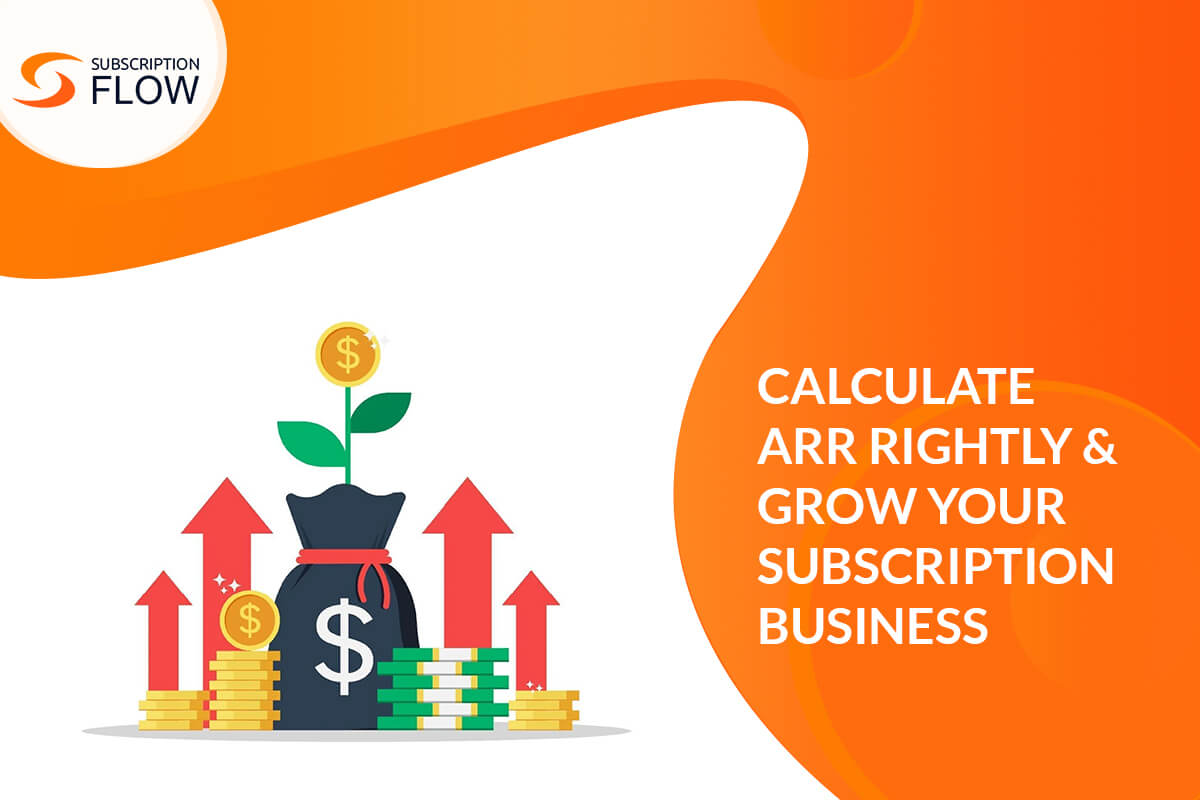
AI and SaaS for Revenue Growth—Follow Our 7-Steps Guide to Automate End-to-End Subscription Management for Your Business
The competition will not be getting easier!
SaaS businesses need to reflex their muscles to become more efficient
You know it and that is why you are here.
You are here because you are looking for the niftier solutions to manage your SaaS business with minimum resources the way it yields more output.
The advancements in the field of artificial intelligence when reached to the SaaS have established some startling outcomes with the automation of the repetitive tasks, training of structured and unstructured data sets by machine learning and deep learning, and the extra-ordinary identification of security-related threats and detection of security breach risks as well as efficiency to imply strategies to mitigate them in the real-time.
This is why in the SaaS Business Management, the role of artificial intelligence is growing from one module to module. The SaaS businesses are based on the subscription model and charge customers access to their products and services on a recurring basis. In addition, to manage their product development, managing the recurring billing is also a great hassle that easily can be dealt with when subscribed to another SaaS solution—the Subscription Management or Recurring Billing Management SaaS.
Subscription Management is the process of automating the whole process of recurring billing, payments, and revenue management using an extensible Subscription Management Platform.
Leveraging Subscription Businesses with Artificial Intelligence and Automation
SaaS businesses using artificial intelligence and machine learning can find the secret treasures hidden in the data.
Machine Learning and Deep Learning are the subsets of the greater entity—Artificial Intelligence. This artificial intelligence in SaaS not only investigates the trends, patterns, intents, interests, and behaviors in the given data sets, the advancement of the deep learning enables it to gather the data from across the sources, sieve, segment, and tag them, and develop the logics in the unstructured data to predict the factors that can affect the business decisions, revenue growth, sales prospects, product development requirements, and more.
And, SaaS subscription management has proven a great aid in it. It gives access to the data of the customers who have subscribed for the SaaS and are available to interpret the market with their requirements, usage patterns, and payment and transaction behaviors, and to gauge the sales and marketing effort to continue the flow of recurring revenue while managing the recurring billing and payment processing.
What Is Automation In SaaS Subscription Management?
In the realm of the SaaS Subscription Management, Artificial Intelligence and Machine Learning are playing an extremely important role in streamlining multiple revenue operations and their workflows management possible on one platform.
Machine Learning and SaaS are together for so long and were successful in understanding, interpreting, and identifying the trends, behaviors, or patterns in structured data sets, however, the inception of deep learning has led AI to the extremely guiding and data-driven abilities to predict or forecast the customer behaviors, market trends, investment outcomes, revenue growth, and more.
Automation in SaaS Subscription Management has not only reduced the stresses by industrializing tasks like recurring invoicing, billing adjustments, tax calculations, add-ons implementations, online payment processing, scheduled revenue recovery, and others on auto-pilot mode, it also integrates data-driven, proficient support in areas like price optimization, predictive analysis of recurring revenue, Key Performing Indicators (KPIs) monitoring, real-time reporting with highly customized dashboards, AI-recommended actions for billing, sales, marketing, service promotions, payments, or any.
Also Read: This Is How Subscription Billing Automation is a Game Changer for Subscription Businesses
The 7-Steps Guide to Automate Your SaaS Subscription Management
Automating the SaaS subscription Management does not require you to travel around the globe to find a solution. It is the journey that cover the whole world of SaaS business management in a few steps—begins with the effort to select a substantial subscription to a platform that provides recurring billing management support and ends at following the AI-led suggestion to fine-tune the strategies for revenue optimization.
To guide you how the Subscription Management Software works, here is the step-by-step simplest demonstration to have you achieved 360-degree SaaS subscription Business Management:
Step 01: Choose a Subscription Management Platform to Manage Recurring Billing
Selecting an appropriate subscription management platform is the first step and it requires attention, effort, and investigation. Choosing the right subscription management software is crucial because it determines other factors as well.
A subscription software should be selected by keeping your SaaS business requirements like payment processing, marketing channels, sales management, service and support, revenue model, and others in front.
SubscriptionFlow is a highly flexible SaaS platform that enables SaaS and other subscription businesses to not only automat etheir recurring billing, payment processing, and revenue management, it also provides support for dozen of integrations for multiple business processes, including sales, marketing, taxation, accounting, order, inventory, and procurement management, support services, and many many more.
Step 02: Integrate Systems for Sales, Marketing, Support, Billing, Payments, and O2C Management
It is inevitable for the subscription management system to scale with the growth of the subscription business. The extensibility of the SaaS subscription platform makes it favorable to integrate solutions for various revenue operations. Subscription Management Software provides data advantage to different RevOps workflows and empowers them to draw traffic, convert customers, grow revenue, and provides enhanced personalized customer experience.
After selecting a scalable subscription system, the next thing to do is to integrate the required third-party applications, such as CRM, Sales Tools, Marketing Platforms, Support Services Applications, Communications Apps, and more, to make the flow of the data across the applications seamless. It favors the other steps for extensive subscription and revenue management.
Step 03: Establish a Suitable Model for Billing
Now, the stage has reached which requires much concentration and consideration. AI can play a critical role and give a boost to the revenue up to 10 to 30 percent based on SaaS market by simply optimization the price and plans.
Price optimization is the way to use customer data from several sources and find the most effective price points that draw the leads and maximize the sales and eventually revenue.
Based on the customer base, market, niche, and growth objectives of the SaaS, this beginning strategy of sales campaign mines the sales, marketing and support data, and offers optimized pricing and the suitable billing model from a range of options, that include:
- Flat pricing Model
- Usage-Based Pricing Model
- Hybrid Pricing Model
Step 04: Build End-To-End Revenue Management
Once the pricing is optimized and the billing models come into a functioning, the next step is to align for the revenue management. Though, Revenue management is a broad term and a hard core accounting concept. It comprises of two elements:
- The GAAP compliant Revenue recognition
- The Revenue Management for Revenue Reporting
Both are extremely important. Revenue Recognition helps you identify the exact and accurate earned revenue, whereas, for instant reporting, business strategizing, and other revenue tracking purposes, the revenue management with the help of business intelligence and business analytics is employed.
It gives detailed insights into the dashboard when, how, how much, and what amount of revenue is entering into the recurring revenue stream, from what source, and what is the health of the source, and how long it will benefit the revenue stream, etc.
Step 05: Customize SaaS Dashboard for Real-Time Monitoring and Reporting
Subscription Management has now entered into its last stages, where the whole effort that had been done in the last stages will begin to become fruitful, and it can be monitored through the customization of the SaaS dashboard.
Dashboard demonstrates real-time monitoring of the key metrics that play a crucial role in devising campaigns and strategies to fuel customer engagement, customer experience, and revenue growth.
Step 06: Forecast SaaS Business Revenue Future with AI-Powered Predictive Analysis
This is almost the tip of the berg where your subscription management will lead you to the prediction of the business decision you are making to grow revenue. The AI-led predictive analysis of the data obtained from different resources of billing data, in addition to sales, marketing, support, and other applications data presents you with the projection of revenue numbers for the future while comparing and analyzing numbers from present and past.
This is the stage you need to achieve to figure out if you have attained your revenue targets and business growth objectives or not.
Step 07: Fine-Tune Revenue Growth Strategies with Data-Driven AI Recommendations and Actions
The whole setup of SaaS subscription management is working well. If you are satisfied that you have met with your revenue targets, then by leveraging data you can set the goals for the next span. Or, if you haven’t, this is the place where without putting so much effort into the overall management, AI-guided fine tuning of the revenue-driven pricing, billing, payment processing, sales, marketing, and support strategies can yield you better results.











